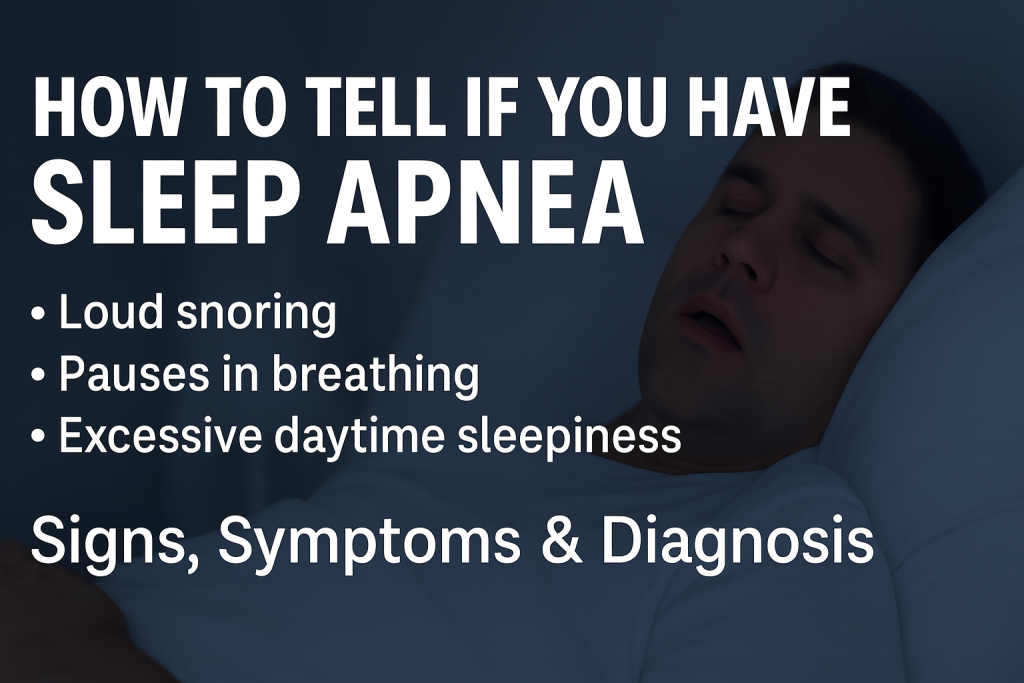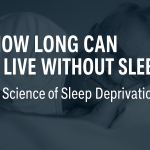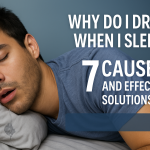Sleep apnea is a potentially serious sleep disorder that affects millions of people worldwide, often without them realizing it. Left untreated, sleep apnea can lead to numerous health complications, including high blood pressure, heart disease, diabetes, and impaired daytime functioning. In this comprehensive guide, we’ll explore how to tell if you have sleep apnea by discussing the most common symptoms, risk factors, self-assessment strategies, and when to seek professional help.
What is Sleep Apnea?
Sleep apnea is a condition characterized by repeated interruptions in breathing during sleep. These pauses can last from a few seconds up to a minute, often occurring multiple times per hour. There are three main types of sleep apnea:
- Obstructive Sleep Apnea (OSA): The most common form, caused by blockage of the upper airway.
- Central Sleep Apnea: Related to problems with the brain’s signaling to the breathing muscles.
- Complex (Mixed) Sleep Apnea: A combination of obstructive and central sleep apnea.
Why Is It Important to Recognize Sleep Apnea?
Sleep apnea doesn’t just disrupt your sleep; it can have significant long-term health consequences. Untreated sleep apnea increases the risk of:
- High blood pressure
- Heart attacks and strokes
- Type 2 diabetes
- Cognitive impairment
- Daytime fatigue and accidents
- Depression and mood disorders
Early recognition and diagnosis are key to managing the condition effectively and improving overall quality of life.
Common Signs and Symptoms of Sleep Apnea
Understanding the typical signs and symptoms can help you determine if you might have sleep apnea. The following list includes the most frequently reported indicators:
1. Loud, Persistent Snoring
While not everyone who snores has sleep apnea, loud and chronic snoring is one of the hallmark signs, especially when it’s interrupted by pauses or gasping for air.
2. Pauses in Breathing
Family members or partners may notice you stop breathing during sleep, sometimes followed by choking or snorting sounds as breathing resumes.
3. Excessive Daytime Sleepiness
Do you feel excessively tired during the day, even after what should be a full night’s sleep? Sleep apnea disrupts your deep sleep cycles, leading to persistent drowsiness.
4. Morning Headaches
Waking up with a headache is common due to reduced oxygen levels during sleep and poor sleep quality.
5. Dry Mouth or Sore Throat Upon Waking
Breathing through your mouth at night, often due to blocked airways, can leave you with a dry mouth or sore throat in the morning.
6. Difficulty Concentrating and Memory Problems
Sleep fragmentation caused by apnea episodes can lead to issues with focus, memory, and overall cognitive function.
7. Mood Changes and Irritability
Chronic sleep deprivation often results in mood swings, irritability, and even symptoms of depression and anxiety.
Risk Factors for Sleep Apnea
Certain factors increase your risk of developing sleep apnea. Recognizing these can help in self-assessment:
- Being overweight or obese
- Male gender (though women can also develop sleep apnea, especially after menopause)
- Age over 40
- Large neck circumference (over 17 inches for men, 16 inches for women)
- Family history of sleep apnea
- Smoking
- Alcohol or sedative use
- Nasal congestion or airway abnormalities
Self-Assessment: How to Tell If You Have Sleep Apnea
If you recognize several of the symptoms and risk factors above, you may be wondering how to check further. Here are practical steps you can take:
1. Sleep Apnea Questionnaires
Several validated screening tools can help estimate your risk. The STOP-BANG questionnaire and the Epworth Sleepiness Scale are commonly used by healthcare providers.
- STOP-BANG assesses snoring, tiredness, observed apnea, blood pressure, BMI, age, neck size, and gender.
- Epworth Sleepiness Scale evaluates your likelihood of dozing off in different situations.
2. Monitor Your Sleep with Technology
Wearable devices and smartphone apps can provide insights into your sleep patterns, although they can’t diagnose sleep apnea, they may help you spot irregularities like frequent awakenings or low oxygen levels.
3. Ask Your Bed Partner
If you sleep with a partner, ask if they have noticed loud snoring, choking, or pauses in your breathing during the night.
4. Keep a Sleep Diary
Document your sleep quality, duration, and any nighttime symptoms or daytime fatigue for a week or two. This information can be valuable when consulting with a healthcare provider.
When to See a Doctor
If you suspect you may have sleep apnea, it’s important to consult a healthcare professional, especially if:
- Others have witnessed you stop breathing at night.
- You experience excessive daytime sleepiness or falling asleep in inappropriate settings (e.g., driving).
- Your snoring is loud enough to disturb household members.
- You regularly wake up with a headache or dry mouth.
Diagnosis of sleep apnea typically involves a thorough medical evaluation and may require a sleep study (polysomnography), which measures your breathing, oxygen levels, and sleep stages overnight.
Diagnosis and Treatment
How Is Sleep Apnea Diagnosed?
- Overnight Sleep Study (Polysomnography): Conducted in a sleep center, this is the gold standard for diagnosing sleep apnea.
- Home Sleep Apnea Test: For some people, a doctor may recommend an at-home sleep test to monitor key factors overnight.
Treatment Options
If you’re diagnosed with sleep apnea, treatment depends on the severity and underlying cause. Common options include:
- Continuous Positive Airway Pressure (CPAP): A machine that keeps your airway open during sleep.
- Oral appliances: Devices that reposition the jaw and tongue to maintain airway patency.
- Lifestyle changes: Weight loss, avoiding alcohol, quitting smoking, and sleeping on your side.
- Surgery: In some cases, surgical interventions to remove obstructions or correct anatomical issues may be recommended.
Tips for Better Sleep and Reducing Sleep Apnea Risk
- Maintain a healthy weight.
- Avoid alcohol and sedatives before bedtime.
- Establish a regular sleep schedule.
- Sleep on your side instead of your back.
- Address nasal allergies or congestion.
Conclusion: Take Action for Better Sleep Health
Sleep apnea is a common but serious condition that too often goes undiagnosed. By understanding how to tell if you have sleep apnea, you can take the first step towards better sleep, improved health, and a higher quality of life. If you suspect you might have sleep apnea, don’t ignore the signs—consult your doctor for proper evaluation and treatment. Early intervention can make all the difference in your sleep and well-being.


